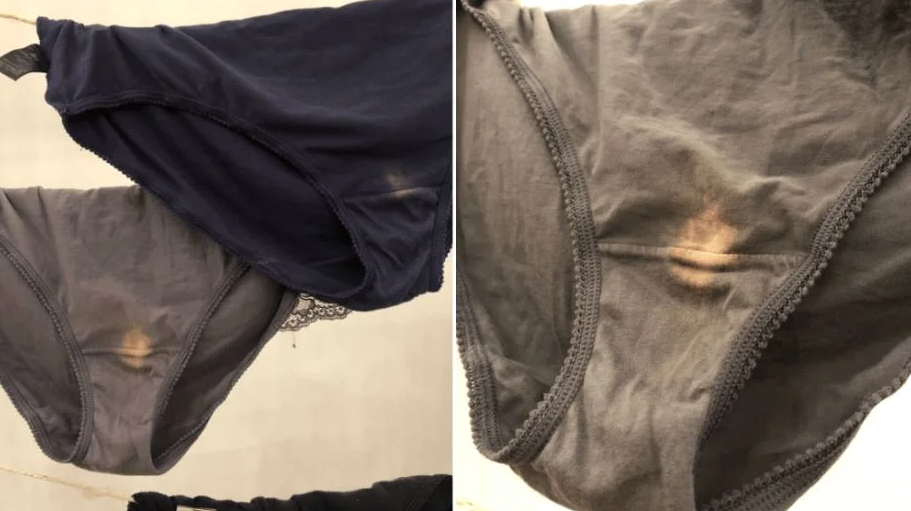Ever wondered about that elusive mark that appears on your underwear? Perhaps even on someone else’s if you’ve ever been close enough to inspect their attire.
This contemplation is a shared experience, as underscored by a recent post from the Intimate Anatomy Museum in the United Kingdom. Given the surge in interest, it appears to be a gap in educational awareness that warrants attention.
“I spent my entire school life anxious that I’d be subject to ridicule just because of it,” shared one Twitter user. “Sleepovers, gym class—everything was needlessly stressful.”
“They really neglected teaching us anything about our bodies; it’s quite unfair. We were left to navigate these matters on our own,” expressed another. “Most times, we find ourselves grappling with internalized fears that something is awry, but it’s too awkward to discuss. It’s disheartening.”
Numerous individuals have voiced discomfort about these marks, considering them indicative of an issue. Contrary to such beliefs, as the Intimate Anatomy Museum emphasizes, this isn’t the case.
Real people’s undergarments, showcasing these phenomena, are proudly displayed in the museum.
“We receive abundant feedback from those unaware of this occurrence or its cause, and many express relief in realizing they aren’t alone in this experience,” states the museum.
Do you find lighter patches in your dark underwear? IT’S NORMAL! Your vagina is acidic and has a pH of 3.8-4.5. That’s acidic enough to bleach fabric, and that’s what’s happening. pic.twitter.com/LxpibEK6ks
— Vagina Museum (@vagina_museum) February 17, 2021
Faint marks on your undergarments are not indicative of uncleanliness or poor hygiene; rather, they result from the acidity of a perfectly healthy intimate area coming into contact with fabric, especially noticeable on darker fabrics.
The acidity of the intimate area serves as a defense against harmful bacterial and fungal infections. Throughout life, pH levels fluctuate, typically ranging from 3.8 to 4.5 during menstruating years, slightly higher before puberty and after menopause.
“This discharge intensifies during ovulation and pregnancy due to increased cervical mucus,” clarified gynecological consultant Dr. Alex Eskander to Metro.co.uk in 2019. “Upon exposure to air, the discharge may subtly tint underwear a faint yellow due to oxidation.”
Some shared experiences of discovering holes in their underwear.
Others relayed dubious stories and posed questions about teeth whitening using intimate methods or recounted tales of dental crowns falling out due to acidity.
“Even if intimate areas had the appropriate pH for teeth whitening (which they don’t), it would require prolonged and constant contact. Teeth and intimate areas would need to maintain constant contact over an extended period,” retorted the Intimate Anatomy Museum. “Not exactly a pleasant prospect for your intimate area. Kids, don’t try this at home.”

These myths, misunderstandings, and knowledge gaps are pervasive, according to the museum.
“In a world where intimate areas are rarely discussed, it’s unsurprising that this information isn’t widely disseminated. It’s not covered in schools or at home, primarily because many educators, parents, and even healthcare professionals lack this knowledge,” explained Zoe Williams from the Intimate Anatomy Museum to IFLScience.
“Gynecological anatomy is routinely overlooked, both in research and in society. For instance, the first comprehensive anatomical study of the internal clitoris, a 10 cm-long organ, wasn’t published until 1998.”
The museum has unveiled an exhibition titled “Myths Unveiled: Dissecting Misconceptions About Intimate Anatomy,” concentrating on dispelling some of the most prevalent myths.
